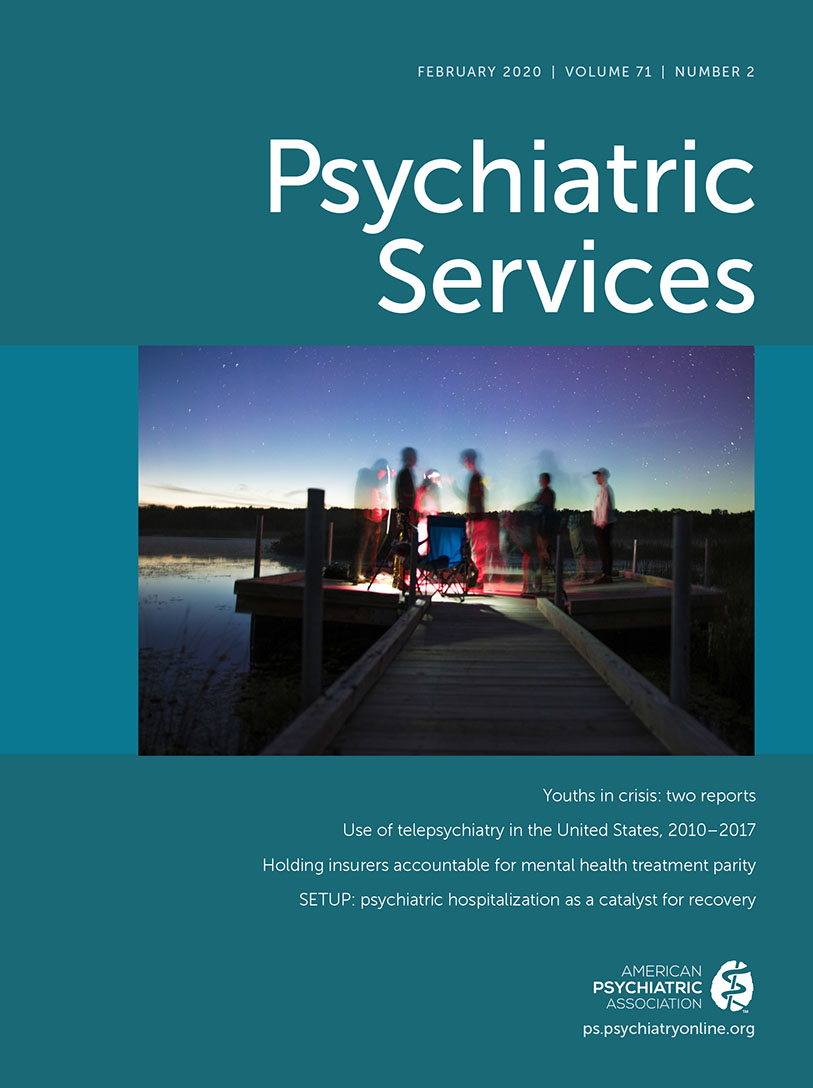Advancing LGBTQ Health Equity via Human-Centered Design
Felner et al. (1) conducted a to explore how lesbian, gay, bisexual, transgender, and queer (LGBTQ) people’s lived experiences as sexual and gender minorities influenced their substance use in adolescence and young adulthood. Numerous factors at the individual, interpersonal, and structural levels of the socioecological model influenced LGBTQ people’s substance use, including using substances to cope with internalized stigma, familial rejection, and structural stigma. Their findings also underscore how social influence and community norms facilitated substance use for LGBTQ young adults. An important finding is that people who identified both as a gender minority (e.g., transgender) and a sexual minority (e.g., LGBTQ) had to cope with twofold minority stressors and socioecological influences that affected their substance use in intersecting ways. This qualitative study supports the mounting quantitative evidence, that substance use by LGBTQ youths and young adults is influenced by complex, multilevel interacting factors.
The authors subsequently provide thorough recommendations for providing LGBTQ-affirmative environments for substance use treatment. Their results can also inform the development of substance use prevention interventions. It is well established that LGBTQ people initiate substance use at younger ages than their cisgender heterosexual peers, predisposing them to greater risk for heavy substance use and substance use disorders. Thus, early prevention interventions are critical. To date, the field has tested only two substance use interventions for LGBTQ youths, and evidence of efficacy is limited. This highlights the need to develop and test additional interventions aimed at preventing and reducing substance use among LGBTQ youths.
Human-centered design (HCD; also known as user-centered design) is well suited to advance the field of substance use prevention interventions for LGBTQ youths by designing interventions that simultaneously target several of the complex, multilevel factors identified by Felner et al. HCD can broadly be defined as a set of approaches that engage multiple stakeholder groups, including end users, in developing innovative solutions to problems. HCD has successfully fostered innovation across many fields but has seen less application in health research. For example, many successful businesses (e.g., Apple, Nike) have used these methods to develop novel products (e.g., the iPhone). For developing LGBTQ youth substance use prevention interventions, HCD offers multiple structured and interactive approaches to engage stakeholders (e.g., youth, families, providers) in a collaborative and iterative process to design, build, and test novel interventions.
Ideation, for example, is one cornerstone of HCD. The purpose of ideation is to encourage stakeholders to generate an abundance of strategies for solving problems by targeting multiple factors. HCD methods (e.g., creative matrix) purposefully encourage both pragmatic strategies and unanticipated, novel, “blue sky” solutions. Subsequent HCD methods (e.g., importance-difficulty matrix) can be used to prioritize solutions with the greatest feasibility and impact. Note that stakeholders are engaged throughout all these processes.
Another key facet of HCD is building and testing low-fidelity prototypes. Low-fidelity prototypes can assist in efficiently fleshing out overall intervention concepts as well as intervention delivery details (e.g., program flow and aesthetics). Engaging stakeholders in prototype testing encourages intervention solutions that match the contexts of the people and organizations that will be using and implementing the interventions. Although low-fidelity prototypes frequently fail in some way, the iterative development process helps researchers identify problems early on, preventing researchers from focusing their resources and efforts solely on developing high-fidelity products that fail immediately. Low-fidelity prototyping often results in acceptable and intuitive intervention mock-ups that can be built into high-fidelity prototypes, which are poised for feasibility or efficacy testing in clinical trials.
Overall, HCD approaches can help researchers and stakeholders create meaningful, acceptable, and novel interventions that target the complex, multilevel factors influencing LGBTQ youths’ substance use. Although there is a long way to go in eliminating inequities in substance use and disorders among LGBTQ youths and young adults, we believe that HCD methods are an untapped resource that can help realize the goal of health equity for the LGBTQ population.
1 : Stress, coping, and context: examining substance use among LGBTQ young adults with probable substance use disorders. Psychiatr Serv 2019; 70:s201900029Google Scholar



